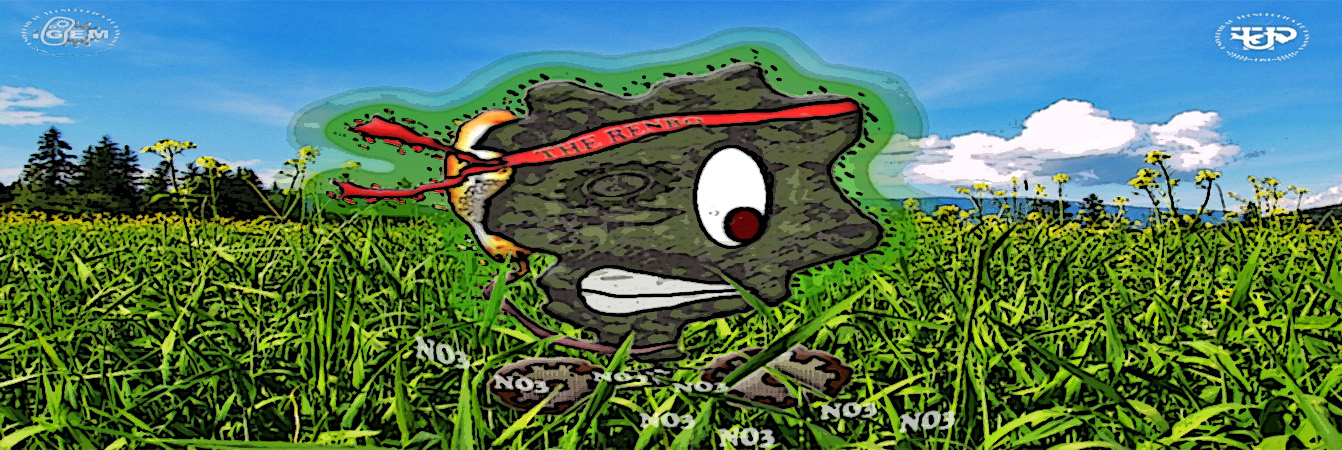From 2011.igem.org
UTP-PANAMÁ TEAM 2011
Universidad Tecnológica de Panamá
Home
The Team
The Project
Parts
Project Design
Human Practice
Notebook
Safety
Data Page
Sponsors
|
THERMOGENIC RESPONSE NUTRIENT BIOSENSOR (THE RENBO)
History: The original idea: July 15
Project Description
| Traditional engineering fields such as electrical, mechanical, civil, agricultural, etc., have been working for the last two centuries separately from biological developments (life sciences). The UTP-Panama team has decided to break this paradigm in the Republic of Panama. To accomplish this goal, the UTP-Panama Team is working in the development of what we call a "SynBio Engineering Tool Kit", the construction of engineering tools, obtained from biological resources. At this moment, engineering groups are designing projects in different fields, using biological devices to improve and solve traditional engineering issues.
In this sense the proposed lines are:
- Agricultural, Food & Civil-Environmental Engineering
-
- Nitrogen area: introduce chemotaxis to BioBrick BBa_K381001 develop by the Bristol 2010 iGEM Team, to make a dynamics nitrate-nitrite sensor. The main goal of this area (in the future) is to express LegHemoglobine and other nitrogen fixation molecules in E.Coli.
- Phosphates sensing: BBa_K116401 & BBa_K116404.
- pH sensing: Taiwan BacToKidney pH sensors BBa_K116001 & BBa_K116002.
- Mechanical and Material Sciences Engineering
-
- Biopolymer area: continue the Virgina (2008), Utah State (2009) and Insa-Lyon 2010 develop in the field of bioplastic-biopolymers through expression genes for PHA, PHB, and PHC.
- Heat Production: uses and improvement of Gatech 2010, Biobrick BBa_K410000, in mechanical engineering.
- Electrical & Computational Engineering
-
- Biosensing: Light Sensitive proteins, work with BBa_K191003.
- Creation of Bioelectrical & Bioelectronics circuits.
- Modeling of Biological Systems
|
|
|
Project Details
Part 2
The Experiments
Part 3
== Results ==
|
 "
"
